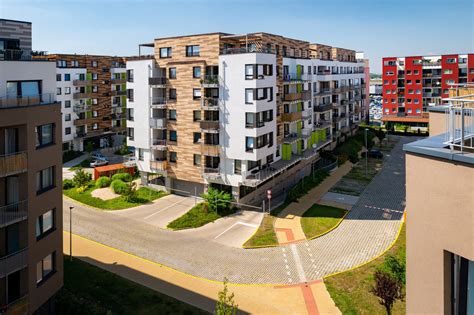In recent years, 5-over-1 buildings, also known as podium buildings, have emerged as a popular architecture style across urban landscapes in the United States. These structures typically consist of five floors of wood construction stacked on a concrete base, offering both residential and commercial spaces. They are celebrated for their cost-effectiveness, efficient use of space, and adaptability to mixed-use purposes. Nonetheless, this architectural trend has sparked a lively debate about its practicality, safety, aesthetics, and broader urban impact.
One salient feature of 5-over-1 buildings is their affordability, particularly in cities grappling with housing shortages. Due to the use of wood framing in the upper levels, these buildings are generally cheaper to construct compared to all-concrete or steel structures. This cost-saving advantage makes them an attractive option for developers looking to maximize rental units while containing construction expenses. As a result, we see these buildings proliferating in various urban centers, from the burgeoning sidewalks of Seattle to the bustling streets of San Francisco. However, affordability does not come without its trade-offs.
Safety has been a key point of contention when it comes to 5-over-1 buildings. Critics argue that wood-frame construction is more vulnerable to fire hazards compared to other materials. Fortunately, advancements in building codes and the introduction of flame-retardant materials have significantly mitigated these risks. Builders now incorporate features like concrete elevator shafts and stairwells to protect escape routes, enhancing the overall safety of these structures. Still, the memories of disastrous fires in older wood-frame buildings linger, fueling lingering apprehensions.
Another safety concern is the structural integrity of 5-over-1 buildings in seismically active regions. The fear of structural weaknesses, akin to those found in soft-story buildings, looms large. However, many modern 5-over-1 buildings are designed with robust concrete podiums and reinforced ground floors, drastically reducing the risks during an earthquake. This architectural evolution underscores that not all 5-over-1 buildings are inherently unsafe; rather, their safety largely hinges on up-to-date construction standards and diligent engineering practices.
Critics often point to the perceived aesthetic drawbacks of 5-over-1 buildings as well. From an urban design perspective, these buildings can sometimes appear bland and repetitive, lacking the unique character and history found in older architectural styles. Nonetheless, this critique overlooks their functional benefits. The mixed-use aspect of 5-over-1 buildings fosters vibrant, walkable communities where residents can access essential services like grocery stores, cafes, and retail shops without relying on cars. These localized amenities can transform ordinary neighborhoods into dynamic, pedestrian-friendly zones that enhance the quality of life.
Moreover, the debate about the economic impact of 5-over-1 buildings is far from settled. On one hand, these buildings contribute to housing affordability by increasing supply. On the other hand, there are concerns about gentrification, as new, higher-priced apartments may displace long-term residents. Successful urban planning must balance these competing interests, ensuring that new developments contribute to economic diversity rather than exacerbate existing inequalities.
An often-underappreciated aspect of 5-over-1 buildings is their role in promoting sustainability. By concentrating residential units above commercial spaces, these buildings create a mixed-use environment that reduces the need for long commutes, thereby lowering carbon emissions. With growing interest in eco-friendly urban planning, 5-over-1 buildings offer a viable pathway to more sustainable cities. In addition, the use of wood, a renewable resource, aligns with sustainable construction practices, provided that it is responsibly sourced and incorporated using advanced fire-retardant technologies.
In conclusion, 5-over-1 buildings represent a significant shift in urban development, addressing critical issues such as housing shortages, community building, and sustainability. While they are not without their drawbacks—ranging from safety concerns to aesthetic criticisms—their advantages in cost-effectiveness, mixed-use functionality, and environmental impact make them a prominent feature in the evolving urban landscape. As cities continue to expand and adapt, the rise of 5-over-1 buildings highlights the complex interplay between development, safety, economics, and sustainability, urging us to navigate these challenges with informed and balanced approaches.


Leave a Reply